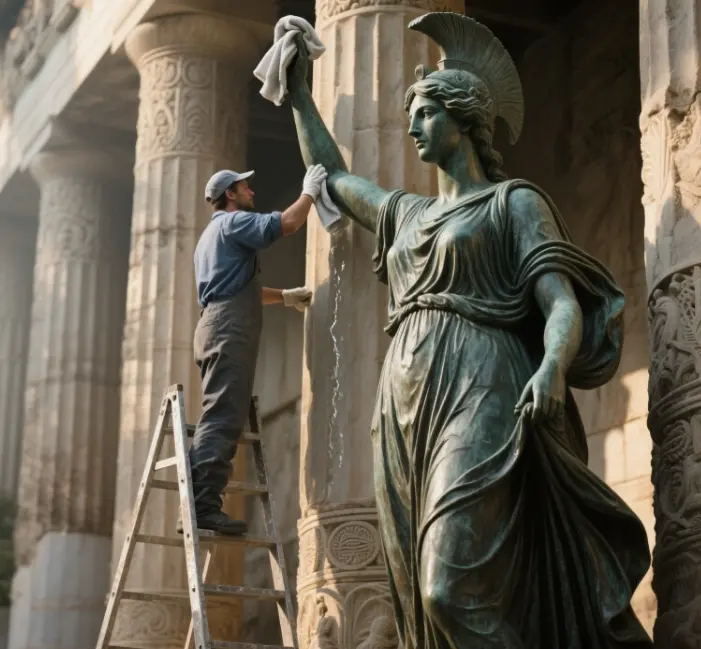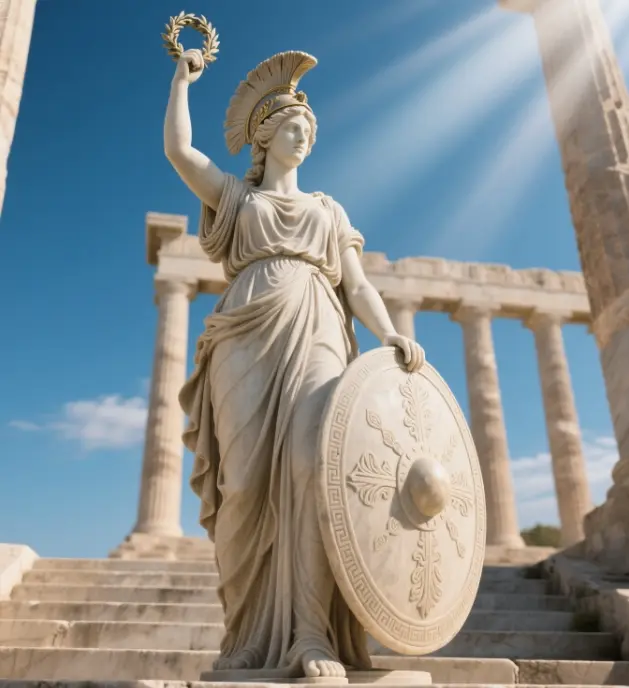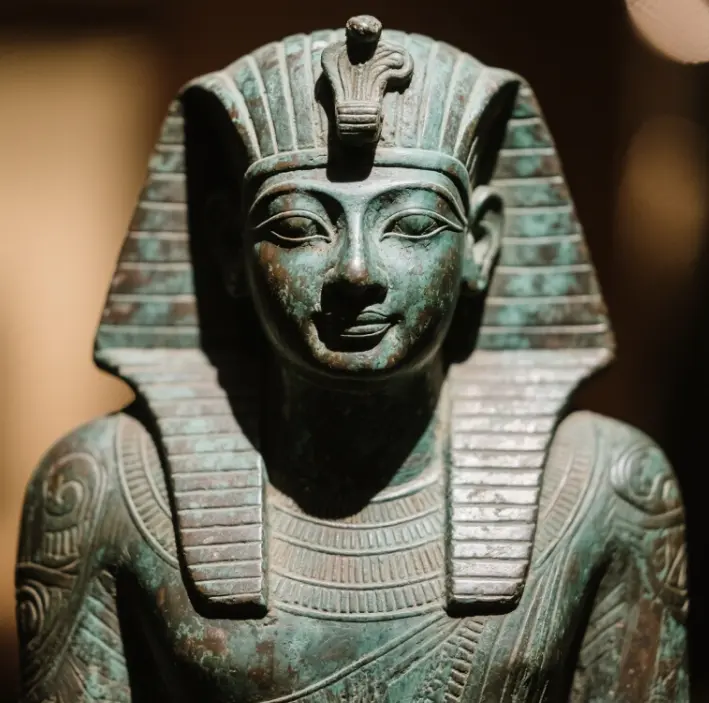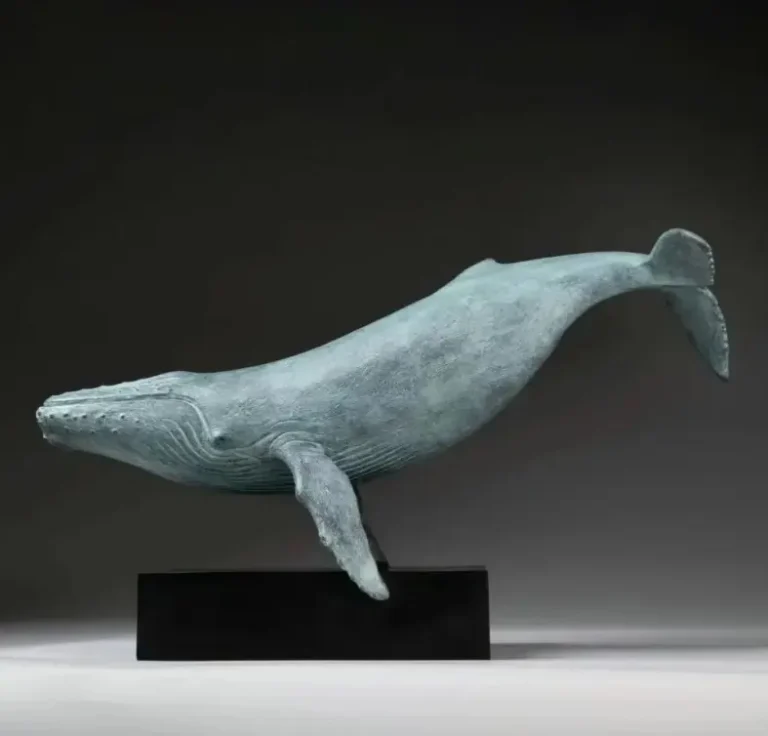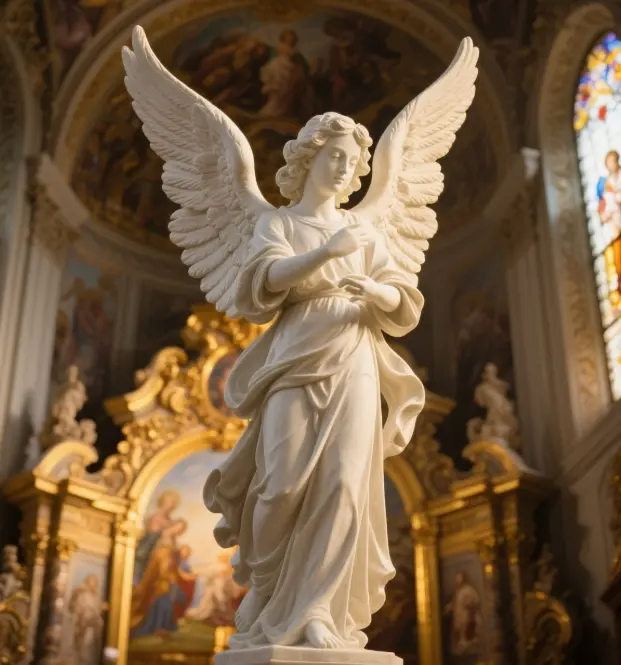Sculpture has always been a dialogue between the artist’s vision and the stubborn realities of matter. Modern sculptors inherit a lineage that stretches from prehistoric bone carvings to the CNC-milled alloys of today, yet the choice of materials—their structural and aesthetic properties—remains the decisive act that determines how an idea will finally stand in three-dimensional space.
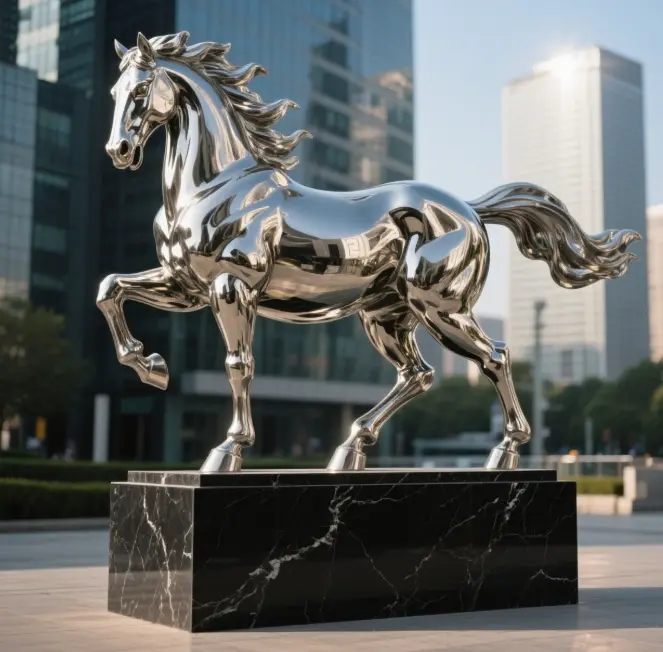
What Are the Common Sculpture Materials Used in Modern Sculpture?
What Materials Are Most Popular Among Modern Sculptors?
Stone, metal, wood, clay, plaster, and synthetics still dominate studios worldwide. Stone—“first among the hardstones used for sculpture”—retains prestige in monumental commissions; bronze, an alloy of copper and tin, continues to become a popular material for casting; and polymers have opened entirely new possibilities for sculpture.
How Do Sculptors Choose Their Materials?
Many sculptors weigh cost, durability, and surface finish against conceptual intent. When Henry Moore turned to elm and travertine, he did so for their grain and “inner vitality.” Others, like Ernst Barlach or Richard Serra, favor weighty iron sheets, though iron has not been used as extensively as bronze for fine casting because it rusts unpredictably.
What Materials Have Been Used Throughout History?
Egyptian and Greek sculptors mastered diorite and limestone; Roman and Renaissance sculptors refined Carrara and bronze; today’s makers add fiberglass, sheet aluminum, and bio-resins to the palette. This continuum proves that certain materials age out, re-emerge, or hybridize as technology evolves.
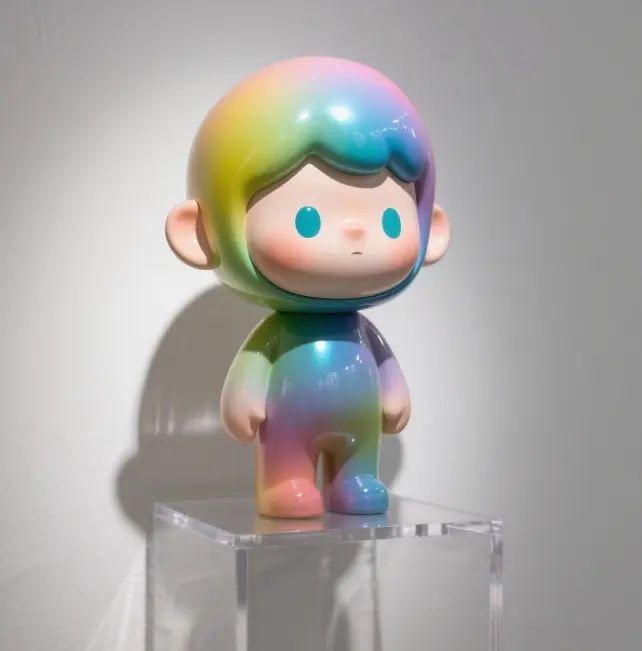
How Do Different Materials Affect the Sculpting Process?
What Is the Significance of the Choice of Materials in Sculpture?
Every medium carries its own grammar. Stone entails subtraction; clay, addition; metal, translation from wax to ingot. The sculptor’s thinking must adjust to each set of limitations—grain direction, shrinkage, patination—so the material in the sculptor’s workshop becomes both partner and opponent.
How Does the Material Impact the Final Artwork?
Porous limestone diffuses light; polished bronze mirrors its surroundings. Marble’s thermal mass keeps surfaces cool, enhancing tactile allure. Polymers can glow, flex, or transmit sound. Thus, finishing decisions—rasping, glazing, burnishing—flow directly from the innate temperament of the substance.
What Are the Characteristics of Versatile Materials in the Sculptor’s Workshop?
Plaster of Paris is today the most versatile material: as the plastic of all substances, it becomes a creamy liquid when mixed with water, poured into molds and allowed to dry, and sets permanently hard and extremely durable. Because its volume will increase slightly on curing, it records detail faithfully, making it ideal for maquettes, life-casts, or molding and casting complex forms.

What Are the Unique Properties of Various Sculpture Materials?
What Makes Marble a Popular Material for Sculpture?
Pure white Carrara marble, prized since antiquity, offers a fairly homogeneous texture free of mica and quartz crystals. It is fine-grained and can be carved to render skin, drapery, or fur with equal subtlety. Yet marble is heavy and lacks tensile strength, prompting many sculptors to reinforce slender limbs with hidden dowels.
How Does Bronze Compare to Other Materials Used for Sculpture?
Because molten bronze poured as a liquid contracts uniformly and accepts surface waxes, it captures undercuts that stone cannot. Its strength permits dynamic cantilevers—think of dancers balanced on a single toe. Nonetheless, bronze is noisy, expensive, and difficult to work without foundry support, which is why many sculptors still model first in clay.
What Are the Advantages of Using Plaster in Modern Sculpture?
Plaster is the archetypal casting material and also a chief medium in soft sculptures. Lightweight, inexpensive, and used for modeling animal and human studies, it transitions from wet to a state or completely dried in under an hour. Once cured, it can be carved, sanded, or painted, making it indispensable from Rodin’s atelier to CGI prop shops.

What Techniques Are Used with Different Sculpture Materials?
What Are Subtractive and Additive Techniques in Sculpture?
Carving—stone, wood, ice—removes mass; modeling—clay, wax, plasticine—adds it. Materials can be added to armatures, then swapped for more durable agents via lost-wax casting. This flow from additive to subtractive (and back) defines the modern studio.
How Is Glaze Applied in the Sculpting Process?
In ceramic practice, slip becomes a creamy liquid brushed onto leather-hard clay. After bisque firing, colored alkaline or lead glazes melt to form glassy skins. The della Robbia and his family pioneered large-scale glazed and coloured sculptures in the Renaissance, a tradition revived by Ken Price and Jun Kaneko. The finished pottery product is said to be waterproof yet fragile.
What Are the Methods for Working with Hard Stones Used for Sculpture?
Granite and basalt, the hardest stones used for sculpture, are igneous rocks studded with feldspar. Pneumatic tools, diamond blades, and water-cooled drills have replaced mallets and chisels, yet the challenge endures: respecting the concealed fault line. Stone has been the principal medium of monumental sculpture precisely because, once set, it outlasts empire and erosion.
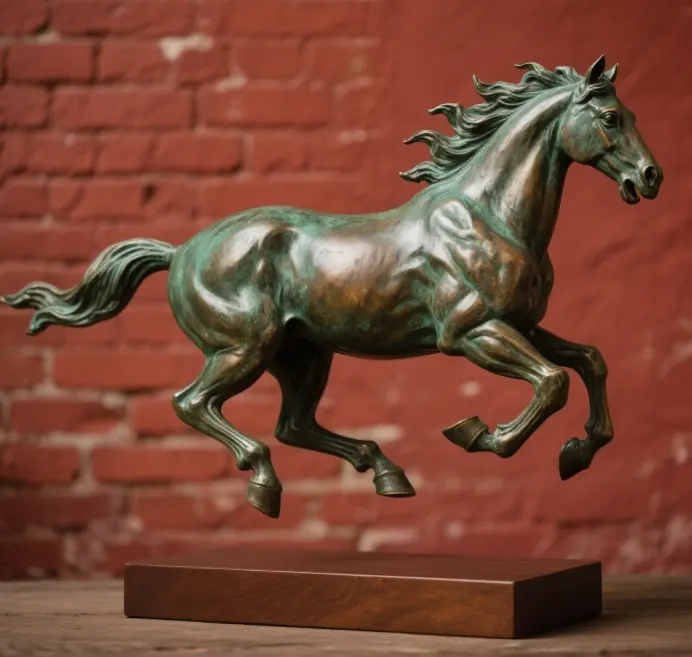
How Has the Use of Sculpture Materials Evolved Over Time?
What Materials Were Predominantly Used in Historical Sculptures?
In the Hellenic world, varieties used by Greek sculptors ranged from Parian marble to chryselephantine (gold-and-ivory) cult images. Medieval Europe turned oak into rood screens; the Pacific Northwest raised cedar totem poles. Each period’s ecology and trade routes shaped its material culture.
How Have Modern Sculptors Adapted Traditional Materials?
Contemporary artists laser-scan Brancusi columns, then mill them from acrylic; they dip classic clay pots in latex to create soft sculptures. Even horn and walrus tusks, once restricted to Inuit carving, appear in bio-ethical resins that simulate organic translucency without wildlife impact.
What Is the Role of New Materials in Contemporary Sculpture?
Sheet aluminum, aerogel, and living fungi redefine what counts as sculpture. Emerging composites may soon rival bronze’s stability but weigh half as much, making skyscraper-hung installations feasible. Such innovations expand the possibilities for sculpture yet keep alive the age-old imperative to create a sculpture that speaks in its own material tongue.
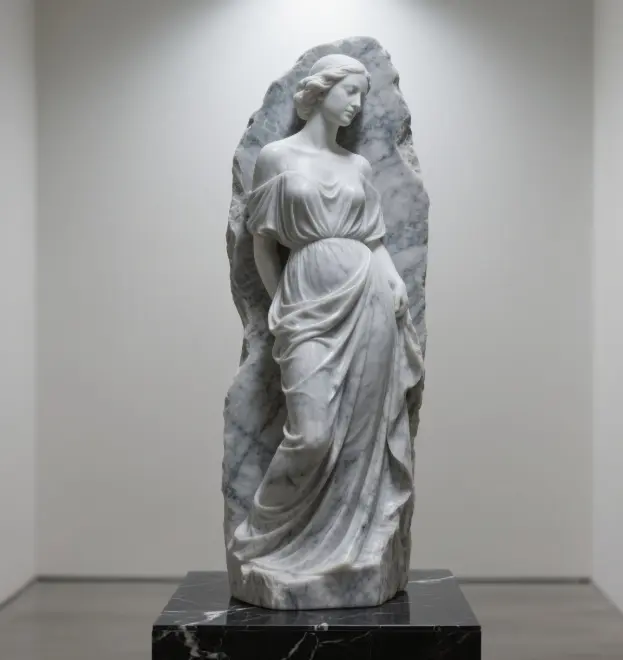
What Are the Challenges Faced When Working with Different Sculpture Materials?
What Are the Challenges of Carving Hard Materials Like Marble?
Precision meets fatigue. Tools dull quickly, and each hammer blow risks unforeseen fracture along hidden strata and are rich in micro-fissures. Marble dust also poses respiratory hazards; ventilation and mask protocols are critical.
How Do Weather Conditions Affect Materials Used in Outdoor Sculptures?
Freeze-thaw cycles exploit pore spaces; airborne salt etches bronze; UV embrittles polymers. Sandstones vary in texture, and the presence of fossils may accelerate exfoliation. Preventive coatings—microcrystalline wax on bronze, siloxane on stone—slow decay but need regular renewal.
What Precautions Should Sculptors Take When Working with Various Materials?
Wear gloves when handling plasters, as alkaline residue burns; ground sheet metal edges; kiln-fire clay slowly to avoid steam explosions as water poured into molds and allowed to dry cooks off. Adequate hoists must counter the weight of monumental sculpture, while small studios require filters to trap silica from grinding.


